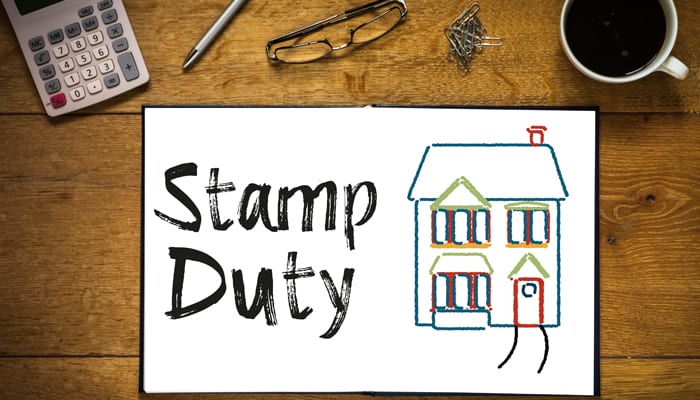Landlords are reminded this is their last chance to grab Stamp Duty savings before the existing legislation changes on 1st April. The government announced tax relief in 2020 for landlords purchasing new buy-to-let homes, but the Stamp Duty holiday is due to end on 31st March, so you must act fast to reap the benefits. Every penny counts, especially when you’re looking to purchase new buy-to-let properties for your portfolio.
The rules are a little different in Wales: although home buyers have enjoyed some benefits, the Welsh Stamp Duty holiday doesn’t apply to the purchase of “additional” homes by individual buyers, or the purchase of dwellings by companies. This is reportedly to exclude buyers of second homes as holiday homes in Wales.

© Aadon / Adobe Stock
What is Stamp Duty?
A landlord will normally need to pay Stamp Duty tax when purchasing a property. It is charged on the purchase of properties and land in England and Northern Ireland. In Scotland and Wales, similar taxes are called the Land and Buildings Transaction Tax and the Land Transaction Tax respectively. All variations serve the same purpose: to ensure landlords pay a percentage of the property’s purchase price in taxes to the government.
A property valued at more than £125,000 or an additional property valued at more than £40,000 in England and Northern Ireland will incur Stamp Duty at a percentage of the total value – rates are calculated in tiers based on the cost of the property.
The Scottish government increased the Land and Buildings Transaction Tax threshold from £145,000 to £250,000 on 15th July 2020. This change is in place until 31st March 2021. This means more people purchasing buy-to-let properties and second homes in Scotland have been able to take advantage of the zero LBTT Stamp Duty rate. From 1st April, the rates will go back to normal. The zero tax threshold will reduce back to £145,000, although first time buyers will have a nil tax threshold of £175,000.
The impending changes will have a different impact on landlords who are non-UK residents. The Stamp Duty changes taking place from 1st April will mean landlords from outside the UK, whose regular address is overseas, must pay an extra 2% when buying a property in this country. This is as well as the regular buy-to-let surcharge.
From 1st April, when you purchase a buy-to-let property in England or Northern Ireland, you must pay your Stamp Duty 30 days from the date of the sale. If you miss the deadline, you will receive a £100 fine.
Are there exemptions to Stamp Duty?
A buy-to-let landlord does not need to pay Stamp Duty if the property’s total price is £40,000 or less. First-time buyers investing for the first time in a buy-to-let property won’t have to pay the regular buy-to-let rate. They will instead pay the standard Stamp Duty rates for regular home buyers.
In the case of married couples, civil partners, unmarried couples and joint buy-to-let property purchases, if one of the joint buyers already owns a property but wants to buy another as part of a couple, the higher rate of Stamp Duty will be applied.
When a company buys a buy-to-let property, it must pay for any residential property valued at more than £40,000.
What are the Stamp Duty rates?
From 1st April, the Stamp Duty rates will be:
- Up to £125,000: 3%
- £125,001 to £250,000: 5%
- £250,001 to £925,000: 8%
- £925,001 to £1.5 million: 13%
- More than £1.5 million: 15%
A landlords’ petition to extend the Stamp Duty holiday beyond 31st March 2021 has fallen on deaf ears. A Treasury spokesman said it was only designed to be a “temporary relief” to support jobs and stimulate the market. The government has confirmed it does not plan to extend the payment holiday. As a major source of revenue, Stamp Duty raises billions of pounds every year. The government says it helps to pay for “the essential services the government provides”.
